The Québec maritime Blog
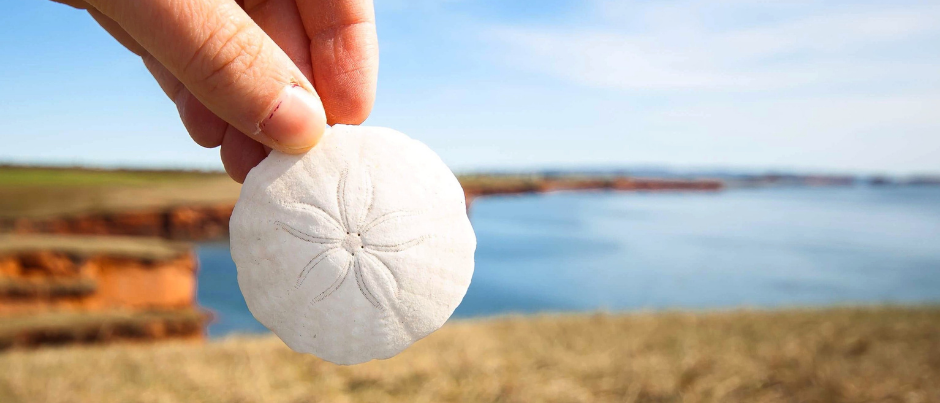
-
Îles de la Madeleine
Sophie Bourque
Natural Treasures to See in Eastern Québec
While on vacation in the maritime regions of Québec, you’ll come across many idyllic spots to go for a stroll or hike. With every step you take, your senses will be awakened, whether by the smell of the sea or the feel of the sun’s rays on your skin. You’ll also want to keep your eyes peeled! In addition to admiring spectacular scenery and encountering some of our iconic wildlife species, you may come across some incredible natural treasures…
Fossils
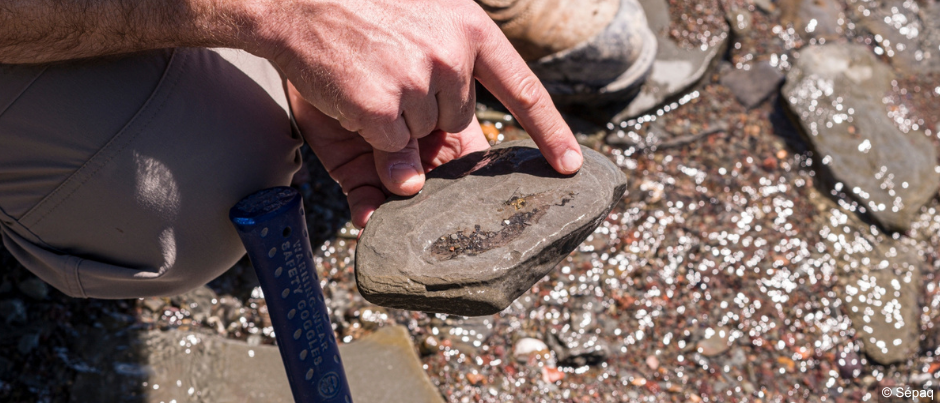
There’s something fascinating about contemplating rocks that bear witness to past lives, sometimes dating back millions of years! Plants, animals, shells… these living organisms preserved in layers of sediment over time provide a better understanding of the evolution of life on Earth. In Eastern Québec, you’ll find two exceptional fossil sites listed on UNESCO’s prestigious World Heritage List: Parc national de Miguasha in Gaspésie and Anticosti Island in Côte-Nord. Amazing discoveries await you at both sites.
Geodes
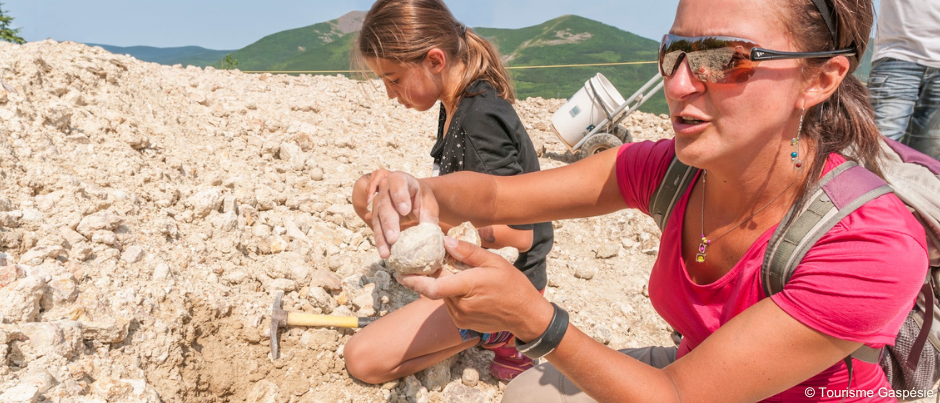
Another reminder of the past, geodes are also quite distinctive. They may look ordinary on the outside, but on the inside, they contain stunningly beautiful mineral crystals such as agate, jasper, carnelian or quartz in a variety of colours. In Gaspésie, they can be found at the Mt. Lyall agate mine, an ancient volcano that’s 350 million years old. Become a prospector for a few hours in this open-pit mine and make some truly unique discoveries!
Agates
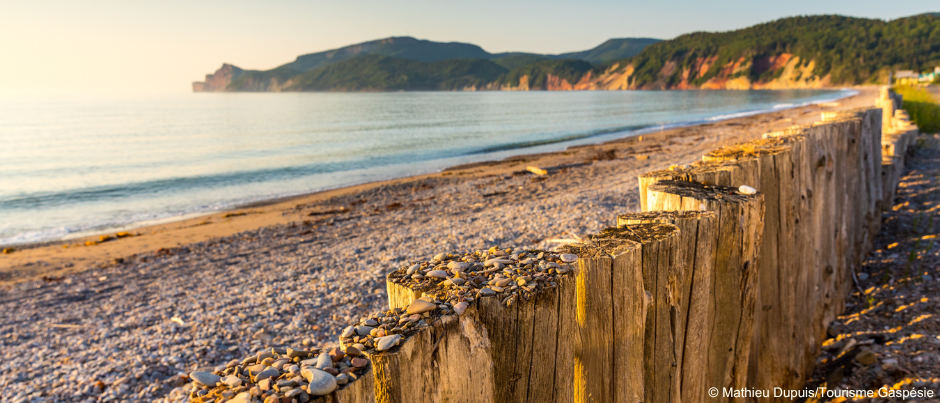
You can also find agates elsewhere in Gaspésie, particularly on the beaches in Coin-du-Banc and L’Anse-à-Beaufils in Percé, on Haldimand Beach in Gaspé and on some of the beaches bordering Chaleur Bay. Unlike those formed in geodes, agates found on the coast come from conglomerate rocks carried away by the sea through erosion. Since agates are harder than the rest of the rock, they’re less likely to break and therefore last longer. Beach agates often have a smooth, polished appearance due to wave action. Note that they’re easier to spot at low tide and on sunny days since they reflect light.
Sand dollars
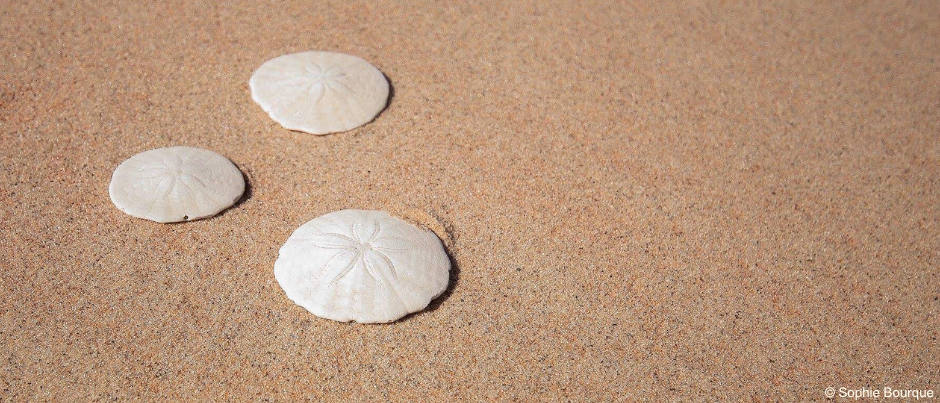
As you stroll along the fine-sand beaches in our regions, you may spot pretty sand dollars among the crab shells, lobster claws, seashells and beach glass. Named for their shape, which resembles a large silver coin, these small marine animals are a type of flattened sea urchin belonging to the echinoderm family. They’re easy to identify since they have a pattern on the upper side that looks like a flower with five petals.
To preserve the environment and in accordance with the fourth Leave No Trace principle (“Leave what you find”), it’s important not to collect these treasures unless you’re taking part in a supervised activity such as the one offered at the Mt. Lyall agate mine. Instead, take photos to remind you of your finds. Another good practice is to bring a bag with you and pick up small plastic items or other pieces of trash you find along the way that don’t belong in our natural environments. Thank you for helping us preserve our great outdoors. Enjoy your discoveries!

(0) comment